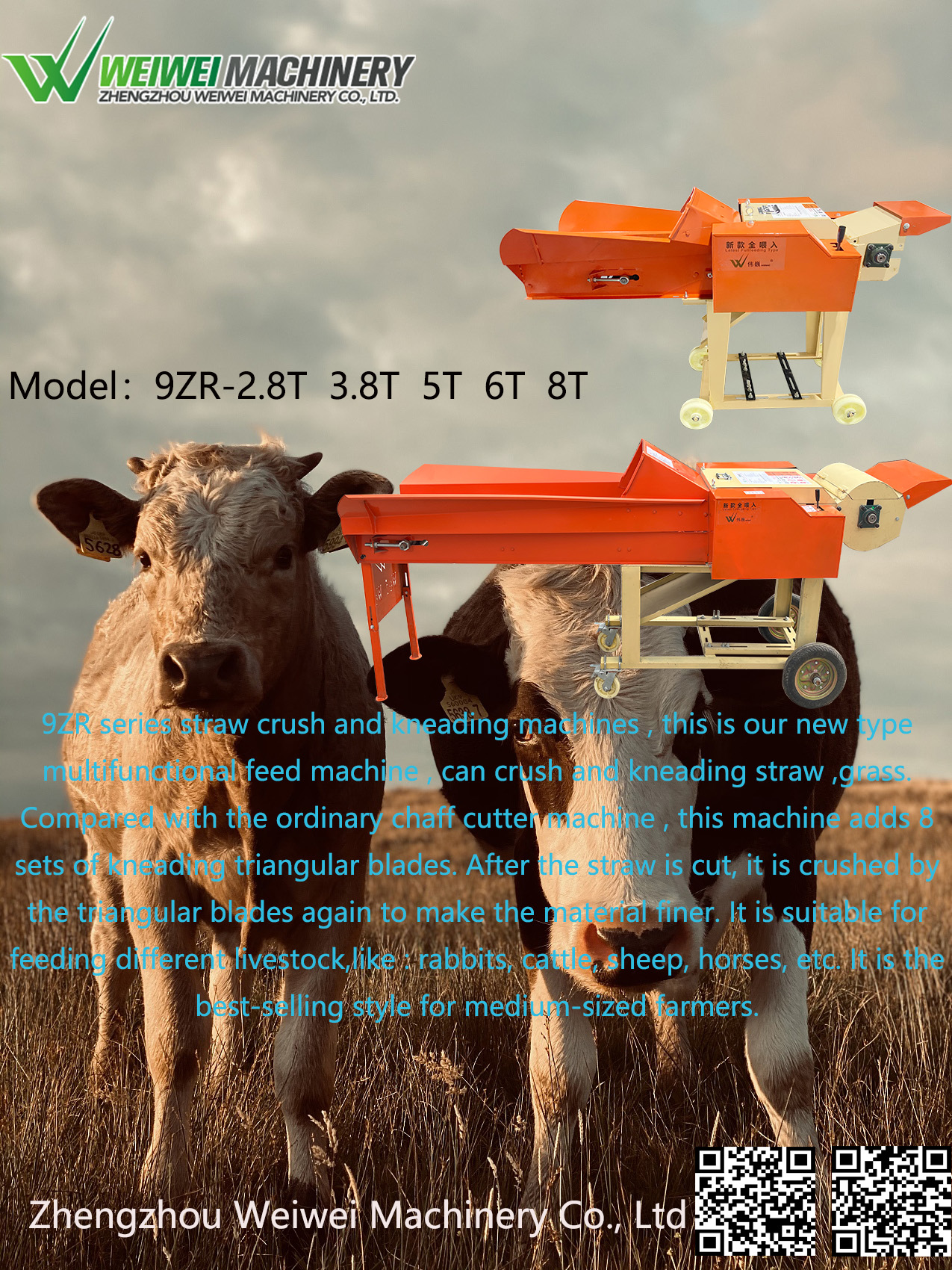

The feed pellet mill is used in farms, pastures, livestock breeding pigs, cattle, sheep, horses, chickens and other poultry to make feed pellets from grains, grass, straw, etc Its advantages are convenience, high output, reduced human labour, etc ...
As more and more farmers use feed pellet mills, many farmers who have been farming for more than 10 years have many questions Example: "Why should I use a feed pellet mill?...
Grasses are characterised by their nutrient-rich, high crude protein content, generally 12%-25%, good palatability and easy digestibility, but high volume and high water content ...
The mixed grains or crushed raw materials are added to the hopper and shaped at once by extrusion The processed pellets have a smooth surface, moderate hardness and int ...
Manure spreaders are an essential tool for farmers who want to maximize their fertilizer use while minimizing their environmental impact Manure spreaders are used to distr ...
Mainly used in the production of columnar pellets, farming feed pellet processing, for raising rabbits, chickens, ducks, geese, fish, pigs, cattle, sheep, etc It is a sma ...
24 hour hotline
Weiwei Machinery Feed Pellet Mill Grinding Disc: Efficient, Durable, and Enhancing Feed Quality
The automatic conveyor belt of the Weiwei 9ZP-0.4 chaff cutter
Weiwei Wood Chipper: Efficient and Eco-friendly! New Wood Chipper Promotes Recycling of Wood Chipper
The working principle and product advantages of Weiwei feed pelletizing machine
Weiwei launched a new multi-functional agricultural integrated crusher 9ZRF-4.8
Wood Chipper Maintenance Guide
Weiwei Straw Bale Bale Machine
Products
Navigation
About Us
Contact Us